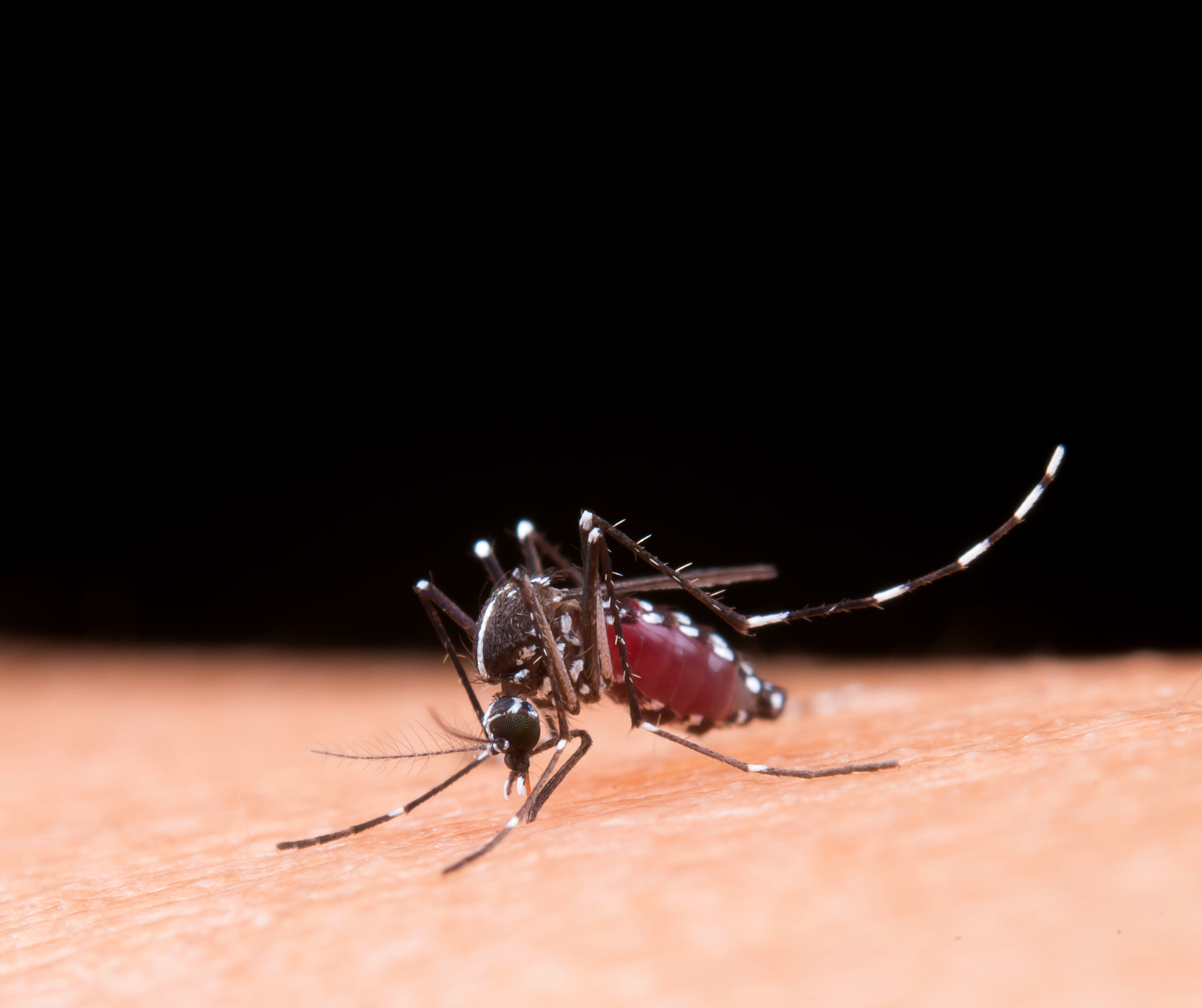Neurological complications associated with Chikungunya Fever in adult patients. Multicentric experience during an epidemic period
Abstract
Introduction: Chikungunya Fever is an infection caused by the Chikungunya virus (CHIKV), resulting in a disease with a spectrum that ranges from asymptomatic cases to severe presentations. The purpose of this study is to delineate the clinical and laboratory characteristics of patients with CHIKV and associated neurological Methodology: A retrospective, analytical, multicenter cohort study involving patients over 18 years of age diagnosed with Chikungunya virus infection (CHIKV) and associated neurological compromise. Descriptive and analytical statistics were utilized. Qualitative variables were expressed as absolute frequencies and percentages, while quantitative variables were presented as mean and standard deviation. Results: 87 patients were included, with 57 being male (65%), with an average age of 62. CHIKV PCR analysis was performed in 92% of the cases, and it was positive in 89% (71 patients). The most frequent neurological manifestations were encephalitis in 42 (48.28%) cases, febrile seizures in 20 (22.99%) cases, Guillain-Barré syndrome (GBS) in 13 (14.94%) patients, meningoencephalitis in 12 (13.79%) patients, myelitis in 6 (6.90%) patients, cranial nerve involvement in 3 (3.45%) patients, and 1 patient with acute disseminated encephalomyelitis (ADEM). Forty patients (46%) required admission to the Intensive Care Unit (ICU). The overall mortality was estimated at 32% (28/87). Discussion: The presentation of neurological complications was mainly observed in male patients over 60 years of age, with encephalitis being the most frequent manifestation. Comparing the deceased and non-deceased groups, no significant relationship was found between risk factors and laboratory characteristics. Fatal outcomes were observed in approximately one- third of the patients.
Downloads






